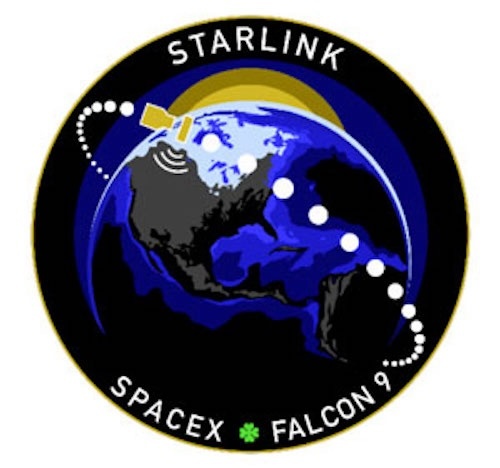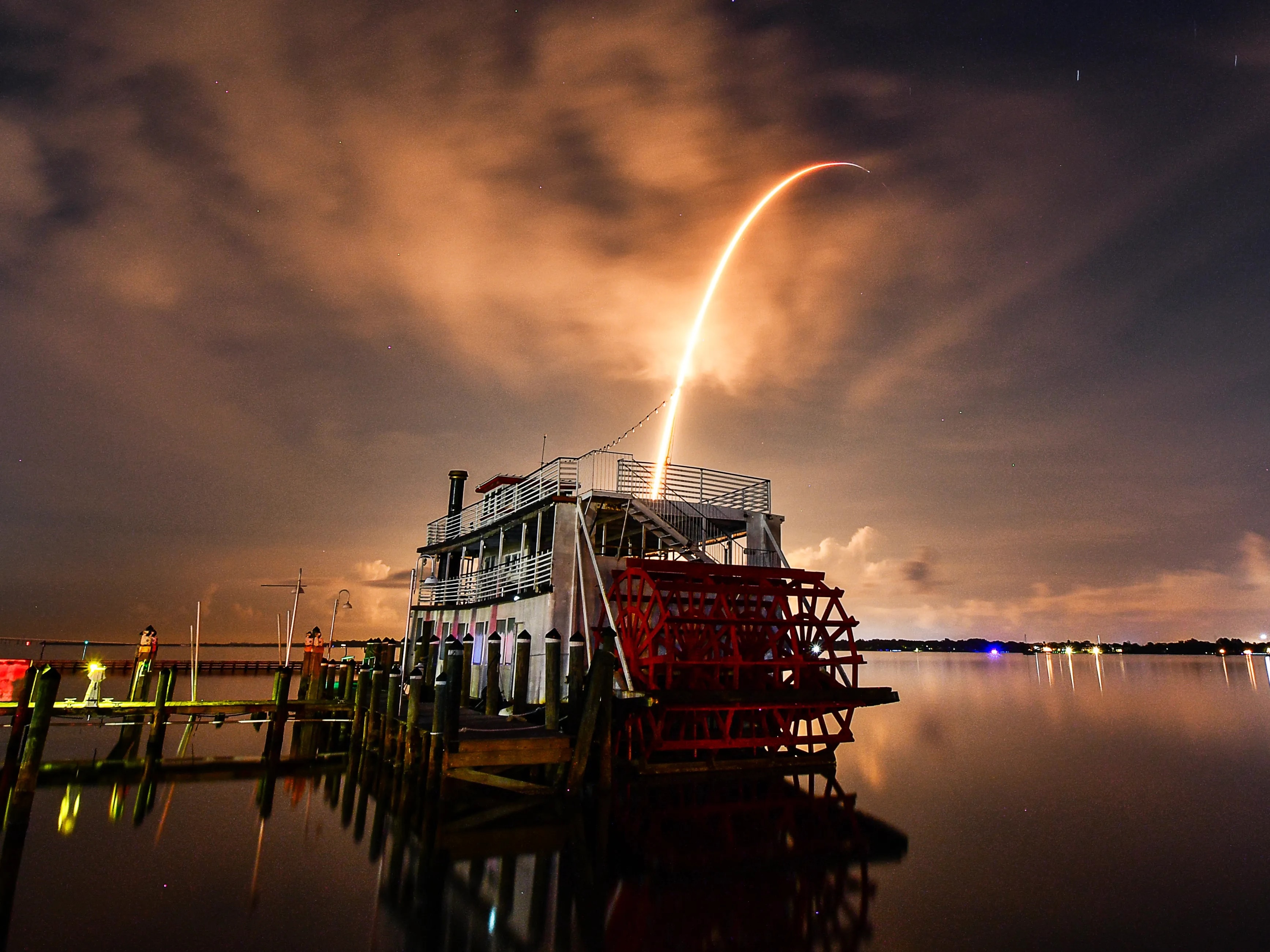27.08.2025

SpaceX targeting Wednesday, Thursday morning rocket launches from Cape Canaveral, Florida
Launches on back-to-back mornings: SpaceX crews are scheduled to send up Falcon 9 rockets on Starlink satellite missions on Wednesday, Aug. 27, and Thursday, Aug. 28, from Florida's Space Coast.
Bear in mind that launch schedules are subject to change for weather and technical reasons. But first up, SpaceX is targeting 6:53 a.m. to 10:53 a.m. Wednesday to send the first Falcon 9 into flight from Launch Complex 40 at Cape Canaveral Space Force Station.
This rocket will deploy 28 Starlink broadband satellites into low-Earth orbit, and the first-stage booster will land atop SpaceX's Just Read the Instructions drone ship in the Atlantic Ocean.
The first-stage booster will notch its 30th flight. After stage separation, this much-traveled booster will target landing on the drone ship A Shortfall of Gravitas in the Atlantic Ocean.
Neither mission should generate sonic booms on the Space Coast. Both rockets will ascend on northeasterly trajectories.
Quelle: Florida Today
----
Update: 28.08.2025
.
SpaceX launch recap: Live updates from Starlink mission with record 30th booster landing

Aug. 28, liftoff of a SpaceX Falcon 9 rocket from Cape Canaveral on the Starlink 10-11 mission, which featured a record-breaking 30th booster flight.
Original story: Insomniacs and night owls, take note: SpaceX is now targeting 4:12 a.m. Thursday to launch a Falcon 9 rocket from NASA's Kennedy Space Center.
Welcome to FLORIDA TODAY Space Team live coverage of this morning's SpaceX Starlink 10-11 mission. The Falcon 9 will climb to the northeast from pad 39A and deploy a payload of 28 Starlink internet satellites into low-Earth orbit.
The Space Force's 45th Weather Squadron predicted 85% odds of "go for launch" weather, with cumulus clouds pushing in from the Gulf Stream posing the sole threat.
No Brevard County sonic booms should occur. Rather, the rocket's first-stage booster will target landing aboard a SpaceX drone ship out at seaabout eight minutes after liftoff.
Update 4:20 a.m.: The Falcon 9 first-stage booster just touched down atop SpaceX's drone ship in the Atlantic Ocean.
"Falcon 9’s first stage lands on the A Shortfall of Gravitas droneship – the first orbital class rocket to successfully launch and land 30 times!" a SpaceX tweet said.
Liftoff!
Update 4:12 a.m.: Liftoff! SpaceX has just launched the Falcon 9 carrying 28 Starlink satellites from NASA's Kennedy Space Center.
Update 4:07 a.m.: SpaceX's launch webcast is now posted above, right below our countdown clock.
Liftoff is scheduled in five minutes from NASA's Kennedy Space Center.
Update 4:01 a.m.: Following is SpaceX’s minute-by-minute timeline of key Falcon 9 events after liftoff:
- 1:12 — "Max Q” (moment of peak mechanical stress on the rocket).
- 2:24 — First-stage main engine cutoff.
- 2:28 — First and second stages separate.
- 2:36 — Second-stage engine starts.
- 2:56 — Fairing separation.
- 6:09 — First-stage entry burn begins.
- 6:35 — First-stage entry burn ends.
- 7:58 — First-stage landing burn begins
- 8:22 — First-stage landing on drone ship.
- 1:03:56 — Starlink satellites deploy.
Update 3:50 a.m.: During the Aug. 22 Space Coast Symposium at the Radisson Resort at the Port in Cape Canaveral, Space Florida President and CEO Rob Long delivered a presentation showing how launch activity keeps rising on Florida's Space Coast:
- 2021: 30 launches, 336 metric tons deployed in orbit.
- 2022: 34 launches, 583 metric tons deployed in orbit.
- 2023: 72 launches, 931 metric tons deployed in orbit.
- 2024: 93 launches, 1,243 metric tons deployed in orbit.
Quelle: Florida Today
